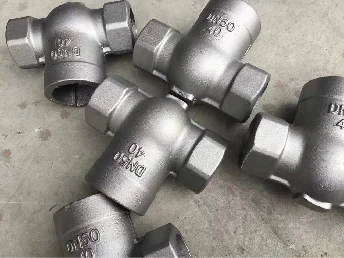

While sand casting presents many sustainable benefits, challenges remain. Dust and particulate emissions are noteworthy concerns in foundries. However, many facilities have adopted state-of-the-art filtration systems and dust collection technologies to mitigate these issues effectively. Increased regulatory compliance and industry standards are also pushing foundries towards cleaner and more sustainable operations. In terms of scalability, sand casting remains an exceptional choice. It is versatile enough to accommodate diverse production scales, from small batches to large production runs. This scalability means industries can experiment with sand casting to produce prototypes or limited-edition products without incurring significant environmental or financial costs. By supporting lean manufacturing practices, sand casting helps optimize resource use while maintaining production flexibility. Education and training in sustainable practices further underpin the move towards more eco-conscious sand casting. Foundries investing in their workforce to improve skills and awareness when it comes to sustainable practices are likely to see better results in terms of sustainability metrics. Empowered workers can actively contribute ideas and innovations, continually pushing the industry towards greener practices. In conclusion, while there are obstacles to overcome, the sustainability potential of sand casting is undeniable. Its ability to reuse materials, minimize energy consumption, and produce durable components makes it a favorable manufacturing method in an increasingly eco-conscious market. For industries looking to balance economic viability with environmental responsibility, sand casting offers a pathway to meet both objectives effectively. By adopting and enhancing sustainable practices, the sand casting sector can not only sustain its relevance but also thrive in a rapidly evolving industrial landscape. Post time:2月 . 15, 2025 06:47
Next:High Refreactoriness Ceramsite Foundry Sand For Steel Casting
